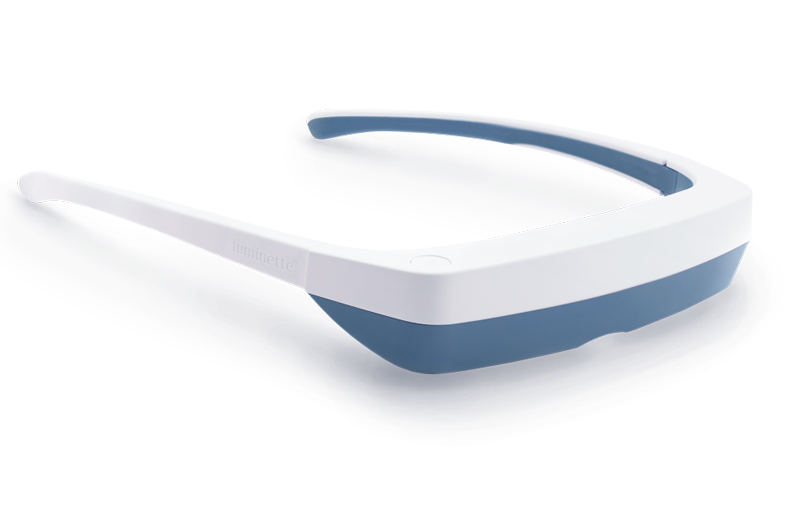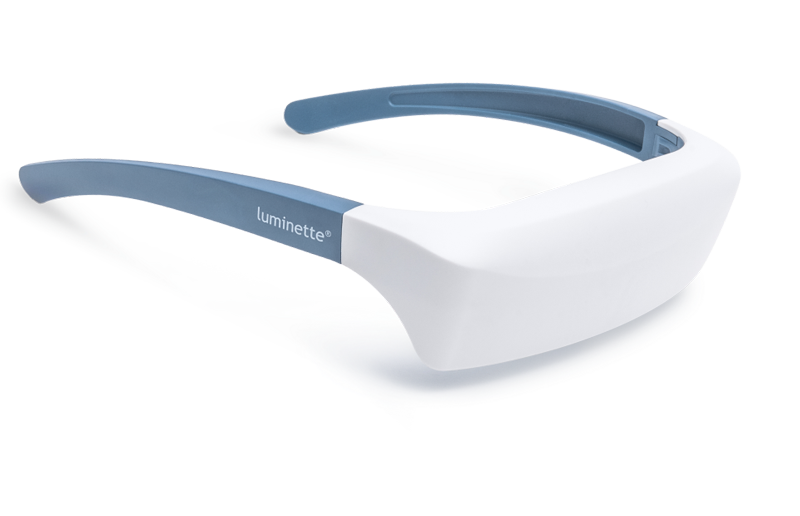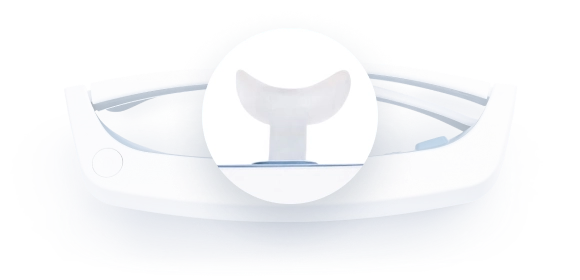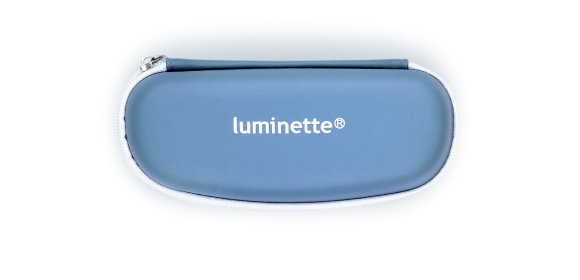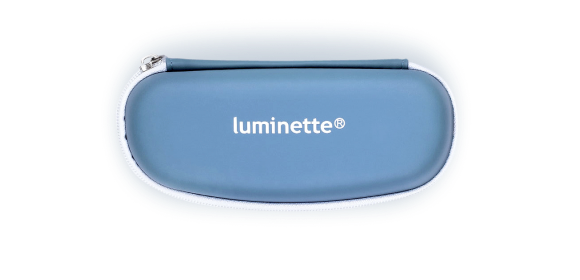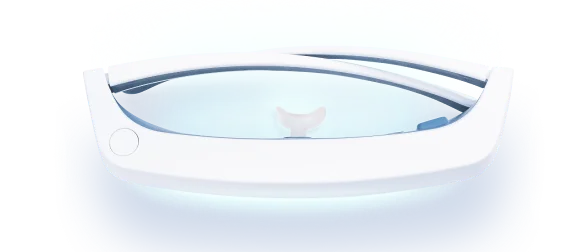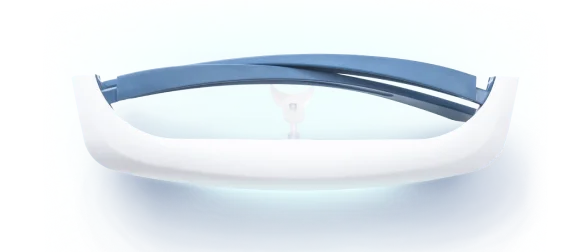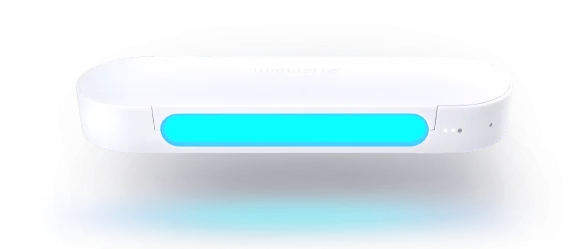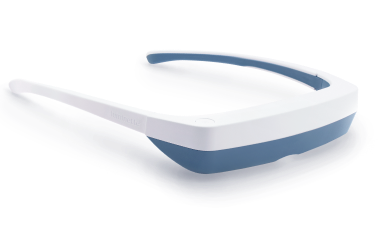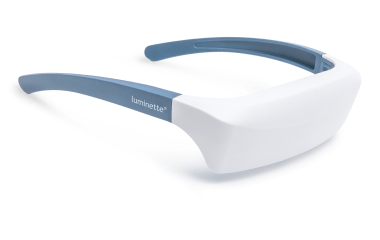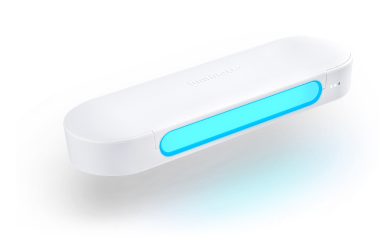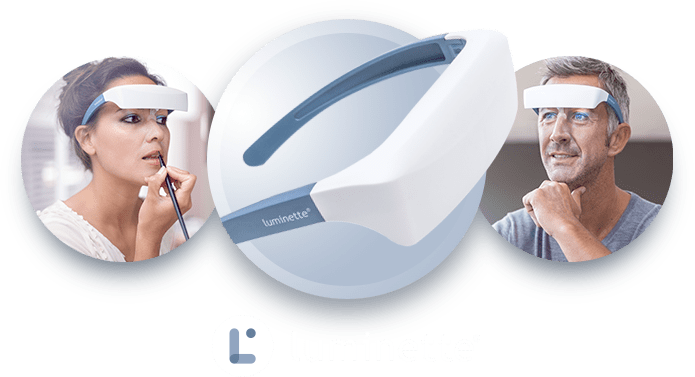La cronobiologia consente lo studio del comportamento del corpo. Fino al 2002, eravamo in grado di distinguere solo due tipi di fotorecettori nell'occhio—coni (responsabili della visione notturna) e bastoncelli (responsabili della visione diurna). Nel 2002, i ricercatori hanno fatto una scoperta che ha permesso di ampliare il campo di applicazione della terapia della luce: infatti, esiste un terzo tipo di fotorecettore, questa volta non visivo. Conosciuti anche come cellule gangliari pigmentate, questi fotorecettori sono coinvolti nella regolazione dei ritmi circadiani attraverso l'effetto della luce.
La luce è molto più di ciò su cui facciamo affidamento per vedere il mondo intorno a noi. Svolge un ruolo cruciale in innumerevoli processi biologici che governano il nostro benessere. Dal regolare i nostri cicli sonno-veglia all'influenzare il nostro umore e i livelli di energia, la luce interagisce con i nostri corpi in modi profondi. Questo post del blog esplora il ruolo multifaccettato che la luce svolge sul corpo, guidato da intuizioni ed esempi pensati per appassionati di salute, cercatori di benessere e professionisti medici allo stesso modo.
Il meccanismo dell'effetto della luce è composto da diverse fasi
Penetrazione della Luce: La luce entra nell'occhio e attiva le cellule gangliari pigmentate specializzate nella retina. Queste cellule sono sensibili ai cambiamenti di intensità luminosa e sono fondamentali per regolare la risposta del nostro corpo alla luce.
Trasformazione del Segnale: I fotorecettori all'interno dell'occhio, che includono bastoncelli e coni, convertono il segnale visivo in arrivo in un segnale elettrico. Questo processo è essenziale per trasmettere informazioni sulla luce al cervello. Il segnale elettrico viene quindi trasmesso attraverso il nervo ottico, che funge da via di comunicazione, al nostro regolatore dell'orologio biologico, noto come nucleo soprachiasmatico (SCN).
Interpretazione del Segnale e Regolazione Ormonale: Il nucleo soprachiasmatico, situato nell'ipotalamo, interpreta il segnale elettrico. Questa piccola ma potente parte del cervello svolge un ruolo cruciale nel mantenere i nostri ritmi quotidiani. Comunica con la ghiandola pineale per regolare la produzione ormonale. Di conseguenza, la ghiandola adatta i livelli di secrezione dell'ormone del sonno melatonina e degli ormoni della veglia come cortisolo, serotonina e adrenalina. Questi ormoni aiutano a sincronizzare il nostro ciclo sonno-veglia con l'ambiente esterno, favorendo la salute e il benessere generale.
Gli Effetti Biologici della Luce sul Corpo
I nostri corpi si sono evoluti per essere sincronizzati con i ritmi naturali di luce e oscurità. Il ciclo di 24 ore, noto come ritmo circadiano, controlla molti processi fisiologici come il rilascio di ormoni, il metabolismo e la rigenerazione cellulare. La luce è il segnale principale che regola i nostri orologi interni su questo ciclo. Quando siamo esposti alla luce naturale durante il giorno, essa segnala al nostro corpo di essere sveglio e attivo. Quando il sole tramonta, una luce artificiale più fioca o l'oscurità innescano la produzione di melatonina, preparandoci al sonno.
Come la Luce Influenza il Ritmo Circadiano
Il ritmo circadiano è l'orologio naturale del nostro corpo, che regola i processi fisiologici che avvengono in un ciclo di 24 ore. L'esposizione alla luce è un segnale primario che aiuta a regolare questo orologio interno. Quando la luce entra nei nostri occhi, segnala al cervello di adattare le funzioni del corpo di conseguenza. La luce mattutina stimola la produzione di serotonina, che migliora l'umore e la concentrazione, mentre il buio serale innesca la produzione di melatonina, preparandoci al sonno.
Diversi tipi di luce influenzano il nostro ritmo circadiano in modi differenti. La luce naturale del sole allinea il nostro orologio interno con il ciclo giorno-notte, promuovendo funzioni corporee sincronizzate. Al contrario, un'eccessiva esposizione alla luce artificiale, specialmente alla luce blu degli schermi, può disturbare questo ritmo, causando disturbi del sonno e problemi di salute correlati. Comprendere come l'esposizione alla luce influisce sul ritmo circadiano è fondamentale per mantenere una salute e un benessere ottimali.
Il ruolo della luce nella regolazione dei cicli sonno-veglia
Il nostro ciclo sonno-veglia è fortemente influenzato dall'esposizione alla luce. Durante il giorno, l'esposizione a una luce intensa ci aiuta a rimanere vigili e svegli. Di notte, l'assenza di luce segnala al corpo di rilassarsi e prepararsi al sonno. Questo processo naturale funziona meglio quando seguiamo un programma regolare, permettendo una transizione fluida tra gli stati di sonno e veglia.
Le interruzioni nell'esposizione alla luce, come il lavoro a turni o i modelli di sonno irregolari, possono portare a cicli sonno-veglia alterati. Nel tempo, queste interruzioni possono contribuire a disturbi del sonno come l'insonnia, rendendo difficile ottenere un sonno riposante. Incorporare abitudini luminose sane, come l'esposizione alla luce naturale durante il giorno e la riduzione del tempo davanti agli schermi prima di dormire, può aiutare a regolare questi cicli e migliorare la qualità complessiva del sonno.
Effetto della luce sulla produzione ormonale (Melatonina e Cortisolo)
La luce gioca un ruolo significativo nella regolazione degli ormoni, in particolare della melatonina e del cortisolo. La melatonina, nota come "ormone del sonno", viene secreta in risposta all'oscurità, favorendo una sensazione di calma e preparazione al sonno. Al contrario, il cortisolo, l'"ormone dello stress", è influenzato dall'esposizione alla luce mattutina, aumentando la vigilanza e l'energia.
L'equilibrio di questi ormoni è cruciale per mantenere processi fisiologici sani. Un'adeguata esposizione alla luce durante il giorno supporta la produzione di cortisolo, migliorando le prestazioni diurne, mentre un'illuminazione tenue la sera facilita il rilascio di melatonina, promuovendo un sonno riposante. Mantenere questo equilibrio ormonale è essenziale per il benessere generale e può essere raggiunto allineando l'esposizione alla luce con i cicli naturali giorno-notte.
L'influenza della luce sulla salute mentale ed emotiva
Oltre a regolare i processi fisiologici, la luce ha anche un impatto significativo sul nostro benessere mentale ed emotivo. L'esposizione alla luce naturale del sole stimola il rilascio di serotonina, migliorando l'umore e i livelli di energia. Al contrario, un'esposizione limitata alla luce naturale o un'eccessiva esposizione alla luce artificiale possono contribuire a un umore basso e ad altri disturbi.
La connessione tra esposizione alla luce e umore
L'esposizione alla luce ha un impatto profondo sul nostro umore e benessere emotivo. La presenza della luce solare stimola la produzione di serotonina, un neurotrasmettitore associato a sentimenti di felicità e positività. Di conseguenza, l'esposizione regolare alla luce naturale può migliorare l'umore, aumentare i livelli di energia e potenziare la salute emotiva complessiva.
Al contrario, l'accesso limitato alla luce diurna può portare a fluttuazioni dell'umore e persino contribuire a condizioni di salute mentale. Gli sbalzi d'umore stagionali, un tipo di disturbo che si verifica durante i mesi più bui, sono un risultato diretto della ridotta esposizione alla luce solare. Incorporare più luce naturale nella nostra vita quotidiana, sia attraverso attività all'aperto sia semplicemente trascorrendo tempo in spazi ben illuminati, può migliorare significativamente l'umore e il benessere emotivo.
Il ruolo della luce nella gestione degli sbalzi d'umore e dell'ansia
Oltre a trattare i disturbi dell'umore stagionali, l'esposizione alla luce gioca anche un ruolo nella gestione dei disturbi dell'umore generali e dell'ansia. Studi hanno dimostrato che le persone esposte a più luce naturale sperimentano una riduzione dei sintomi di sbalzi d'umore e ansia. Questa connessione deriva dall'influenza della luce sulla regolazione dei neurotrasmettitori, in particolare serotonina e dopamina.
Incorporare strategie per aumentare l'esposizione alla luce, come trascorrere tempo all'aperto, utilizzare la terapia della luce o creare ambienti interni luminosi, può servire come approcci complementari ai trattamenti tradizionali per depressione e ansia. Queste misure possono aiutare a migliorare la stabilità dell'umore e offrire un mezzo non invasivo per supportare la salute mentale.
Gli occhiali per la terapia della luce Luminette 3 sono occhiali innovativi progettati per permetterti di godere di una sessione di terapia della luce mentre svolgi le tue attività abituali. Diversamente dalle lampade terapeutiche tradizionali, gli occhiali Luminette 3 presentano una sorgente di luce artificiale che dirige un fascio di luce sicuro nei tuoi occhi senza causare alcun effetto abbagliante o ostacolare la tua visione chiara.
Per usarli, basta indossare gli occhiali e premere un pulsante per attivare la luce, e la tua sessione di fototerapia inizia. Questi occhiali sono facili da usare e compatibili con chi porta occhiali da vista o lenti a contatto, garantendo nessuna interruzione della vista o del comfort.
Con la comodità di Luminette 3, non è più necessario sedersi accanto a una lampada per la terapia della luce fissa per 30 minuti ogni giorno. La libertà di muoversi significa che puoi preparare la colazione, immergerti in un libro avvincente, recuperare le tue serie TV preferite, lavorare al computer o persino fare esercizi leggeri, tutto mentre ricevi la tua esposizione terapeutica alla luce. Che tu sia a casa o in movimento, Luminette 3 offre una soluzione flessibile ed efficiente per integrare la terapia della luce nella tua vita quotidiana.
L'impatto della luce sulla salute fisica
L'effetto della luce sulla nostra salute fisica va oltre la regolazione del sonno e dell'umore. La ricerca ha dimostrato che l'esposizione alla luce naturale offre numerosi benefici per il nostro benessere fisico, dall'aumento dei livelli di vitamina D al supporto della funzione immunitaria.
Come la luce influisce sulla sintesi della vitamina D
Uno dei ruoli più noti della luce nella salute fisica è il suo coinvolgimento nella sintesi della vitamina D. Quando la pelle è esposta ai raggi ultravioletti B (UVB) della luce solare, si avvia la produzione di vitamina D, un nutriente cruciale per la salute delle ossa, la funzione immunitaria e la vitalità complessiva.
La carenza di vitamina D è stata collegata a vari problemi di salute, tra cui ossa indebolite, immunità compromessa e un aumento del rischio di malattie croniche. Garantire un'esposizione solare adeguata, facendo attenzione a evitare l'eccesso, è fondamentale per supportare livelli ottimali di vitamina D. Per chi si trova in regioni con scarsa luce solare, possono essere necessari integratori di vitamina D per mantenere livelli adeguati e supportare la salute generale.
Esposizione alla luce e salute degli occhi
L'esposizione alla luce ha anche implicazioni per la salute degli occhi. Mentre la luce naturale è essenziale per mantenere l'acuità visiva e la funzione oculare complessiva, un'esposizione eccessiva, in particolare a fonti di luce artificiale, può causare affaticamento oculare e stanchezza digitale degli occhi. L'uso prolungato dello schermo senza pause adeguate può contribuire a disagio e problemi legati alla vista.
Per proteggere la salute degli occhi, è importante praticare una buona igiene visiva. Ciò include fare pause regolari dagli schermi, utilizzare filtri per la luce blu e garantire un'illuminazione adeguata nei nostri ambienti. Inoltre, trascorrere del tempo all'aperto e permettere agli occhi di adattarsi alla luce naturale può promuovere la salute oculare e ridurre il rischio di problemi legati alla vista.
L'influenza della luce sui livelli di energia e sulla stanchezza
L'esposizione alla luce influisce significativamente sui nostri livelli di energia e sulla suscettibilità alla stanchezza. L'esposizione alla luce naturale durante il giorno aiuta ad aumentare la vigilanza e le prestazioni cognitive, mentre la mancanza di luce può portare a stanchezza e diminuzione della produttività. Questo è particolarmente rilevante negli ambienti d'ufficio, dove l'illuminazione artificiale potrebbe non fornire lo stesso effetto energizzante della luce naturale.
Ottimizzare l'esposizione alla luce durante la giornata può aumentare i livelli di energia e combattere la stanchezza. Strategie semplici, come fare pause all'aperto, lavorare vicino alle finestre o utilizzare dispositivi di terapia della luce, possono fare una differenza evidente nel mantenere alti i livelli di energia e ridurre il calo di metà giornata. Dare priorità all'esposizione alla luce naturale è un modo semplice ma efficace per aumentare la vitalità e il benessere generale.
Light Therapy Lamp Drive è una lampada innovativa per la terapia della luce progettata per persone impegnate, che ti permette di effettuare comodamente la tua sessione di fototerapia mentre sei in viaggio. Questo dispositivo è ingegnosamente realizzato per fissarsi senza problemi al parasole del tuo veicolo. Con un semplice interruttore, fornisce una sessione efficace di terapia della luce mentre guidi verso la tua destinazione.
Per chi si trova a trascorrere almeno 20 minuti al volante ogni giorno, Drive è un compagno perfetto, offrendo una soluzione unica per integrare il benessere nella tua routine quotidiana. Questo è particolarmente vantaggioso per chi affronta lunghi viaggi notturni, poiché aiuta a contrastare gli effetti dell'oscurità e della stanchezza.
Drive emette una luce sicura e intensa nei tuoi occhi, progettata meticolosamente per migliorare la tua vigilanza senza interferire con la guida. In questo modo, offre l'intero spettro dei benefici della terapia della luce, che includono la regolazione della produzione di melatonina, l'ormone che induce il sonno, promuovendo così uno stato di veglia e maggiore attenzione. Questo lo rende non solo uno strumento funzionale ma anche un prezioso alleato per mantenere il tuo benessere generale e la prontezza mentale durante i tuoi viaggi.
Benefici della Terapia della Luce
La terapia della luce offre numerosi benefici oltre al trattamento dei disturbi dell'umore, rendendola uno strumento versatile per migliorare la salute e il benessere. Inizialmente sviluppata per i disturbi stagionali dell'umore, i suoi usi sono cresciuti nel tempo.
La ricerca evidenzia che la terapia della luce può migliorare la qualità del sonno regolando i ritmi del sonno, specialmente per chi soffre di insonnia o ha orari irregolari. È particolarmente efficace per i disturbi del sonno legati al jet lag e al lavoro su turni. Esporre le persone a dosi controllate di luce intensa aiuta a resettare l'orologio interno del corpo, promuovendo una migliore igiene del sonno e allineando i cicli sonno-veglia ai ritmi circadiani naturali. Questo allineamento aumenta i livelli di energia e la salute generale.
Inoltre, la terapia della luce è benefica per le prestazioni cognitive. Gli studi suggeriscono che l'esposizione a luce intensa durante il giorno migliora la concentrazione, l'attenzione e la memoria. Questi benefici cognitivi sono particolarmente preziosi per le persone in ambienti di lavoro impegnativi o per chi mira a ottimizzare le proprie capacità mentali. Una maggiore produttività e abilità nel problem solving rendono la terapia della luce attraente per la crescita personale e professionale.
Inoltre, la ricerca in corso esplora il potenziale della terapia della luce nella stabilità dell'umore e nel supporto alle persone con sindrome da stanchezza cronica. Man mano che continuiamo a scoprire i suoi effetti, la terapia della luce è destinata a diventare un componente chiave delle strategie di assistenza sanitaria olistica.
Discover what role light plays on the body
with Roland Pec - sleep specialist and chrono-therapist
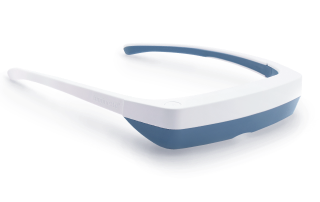
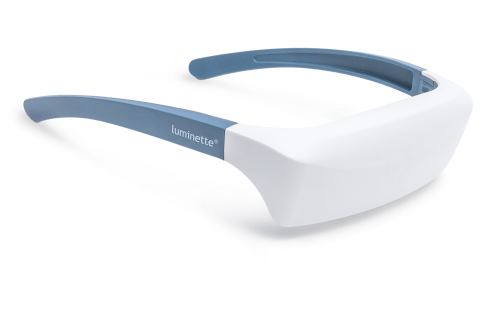
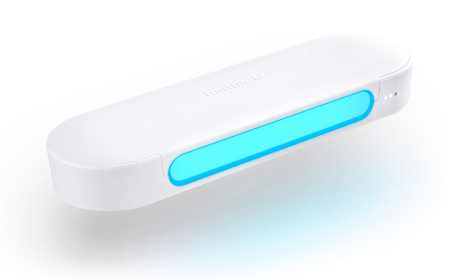
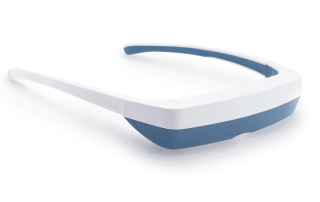
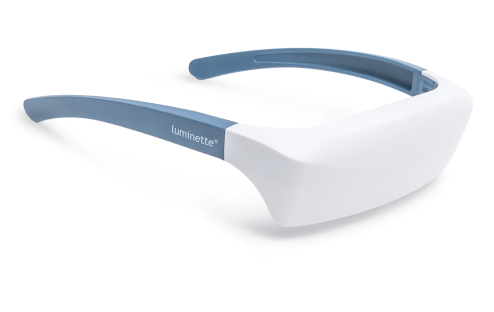
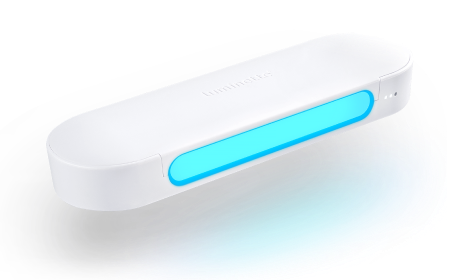
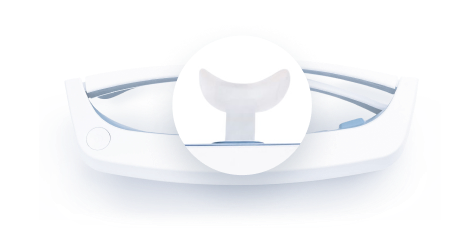
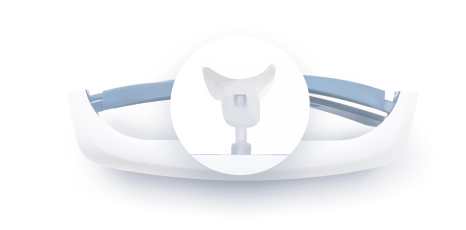
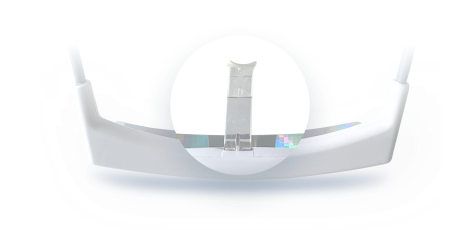
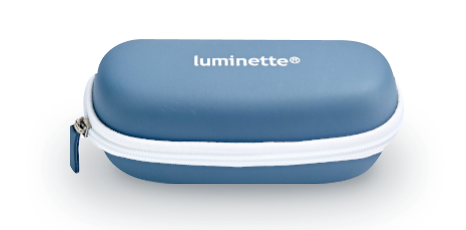
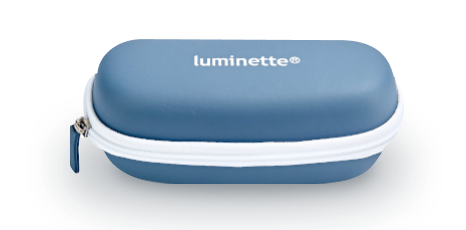
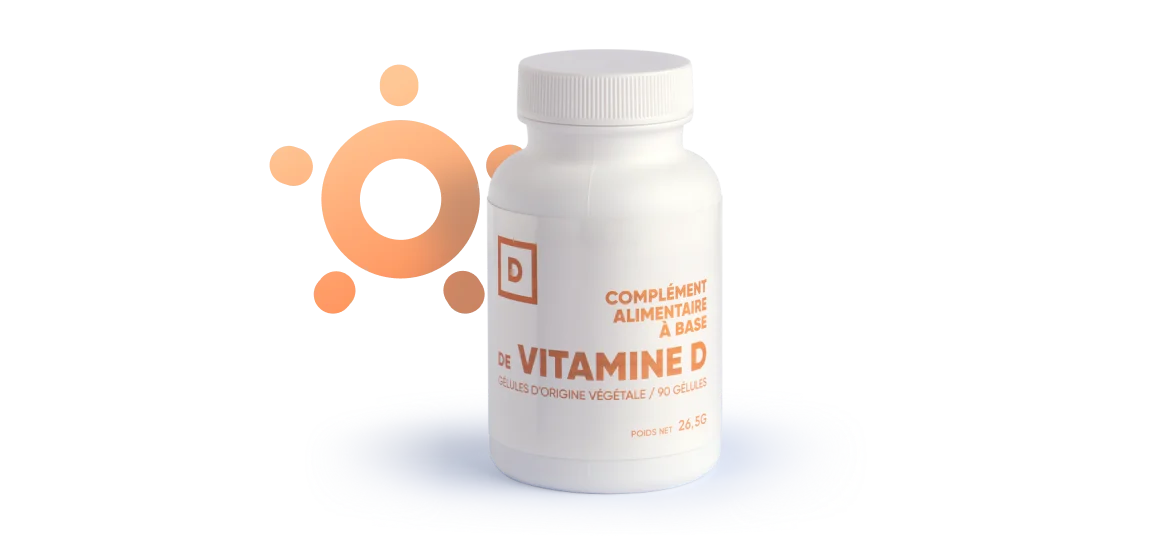
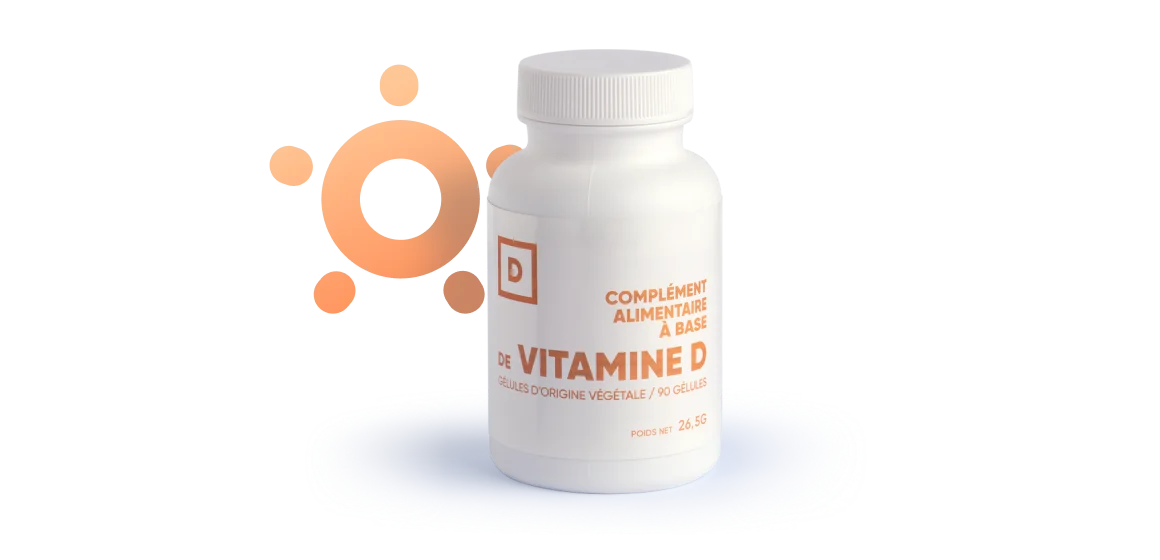



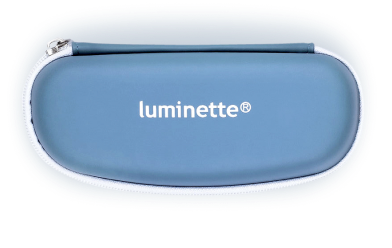
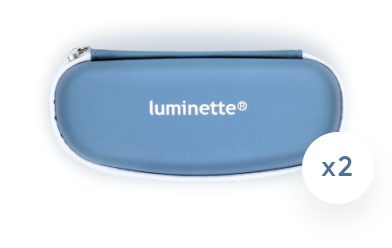
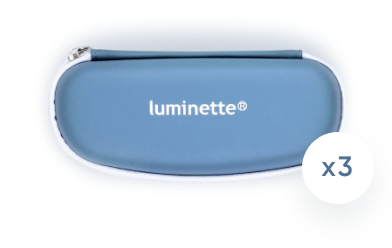
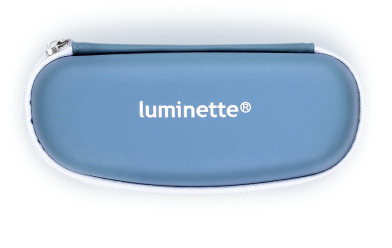
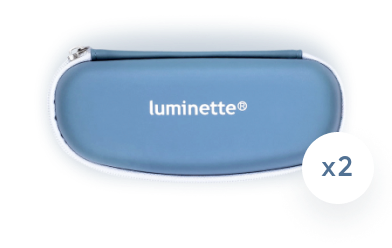
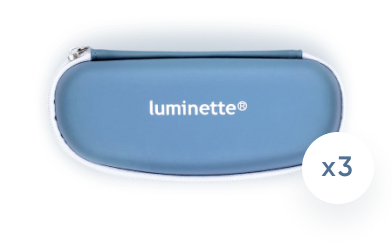
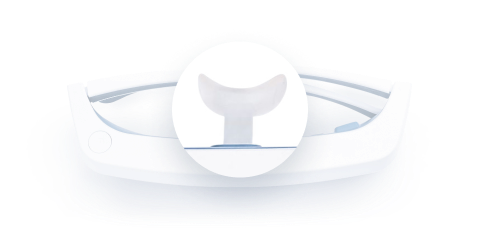
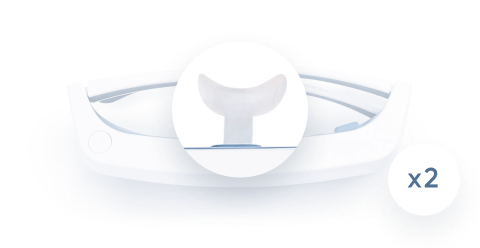
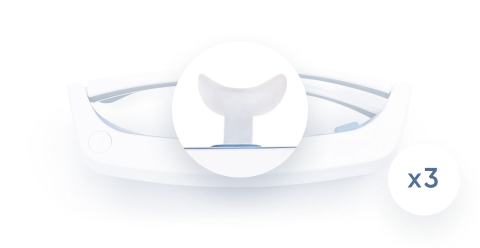
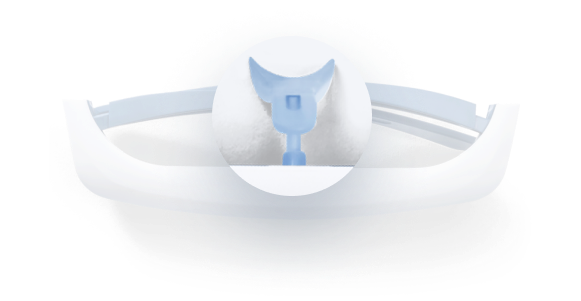
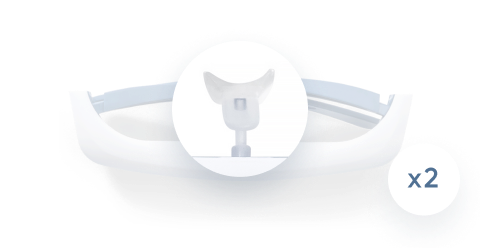
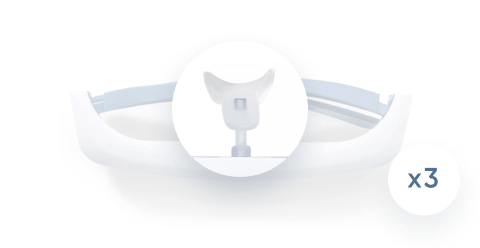
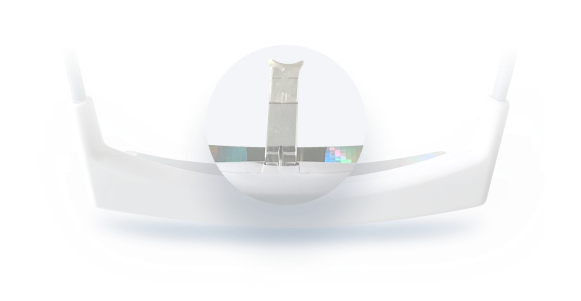
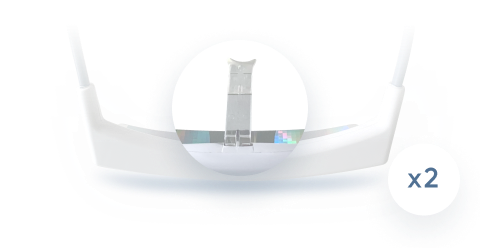
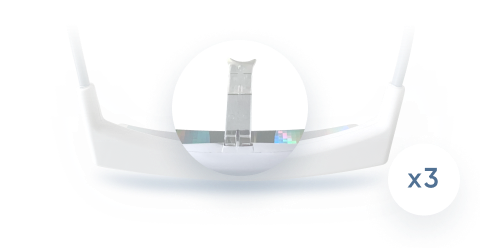
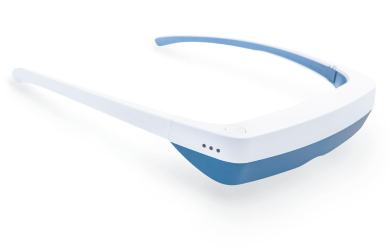

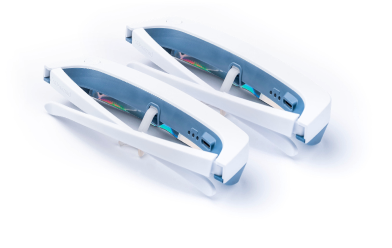
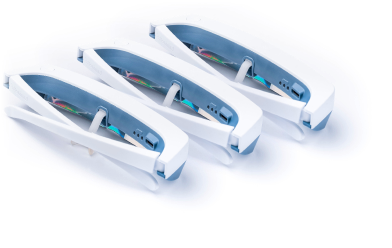
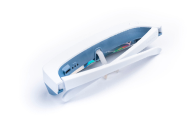
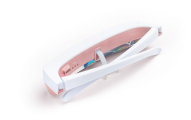
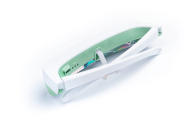
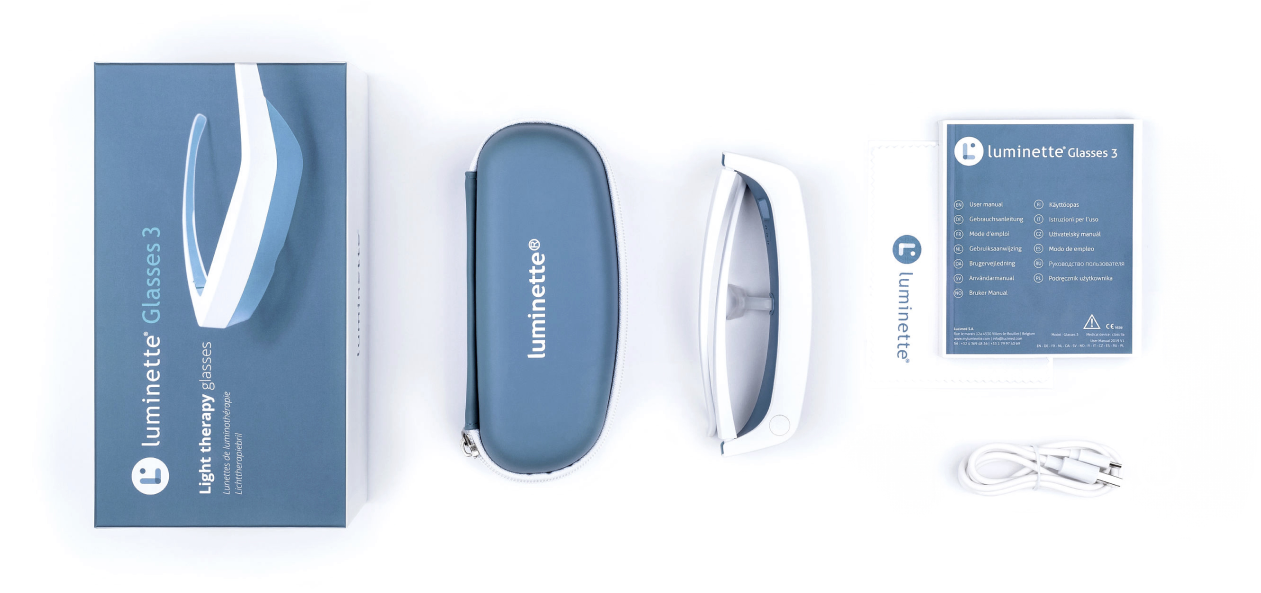
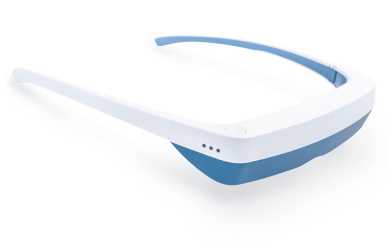
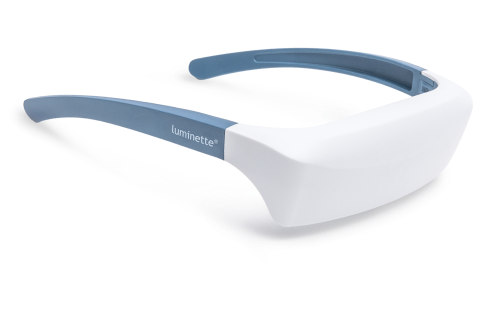
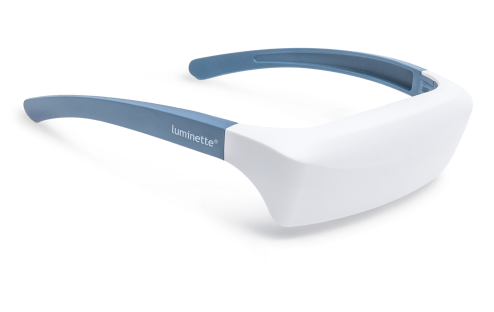
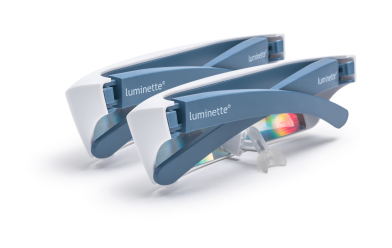
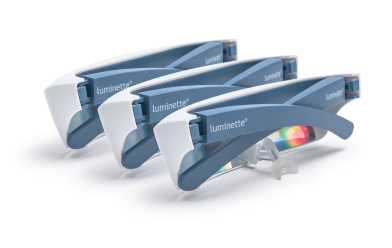
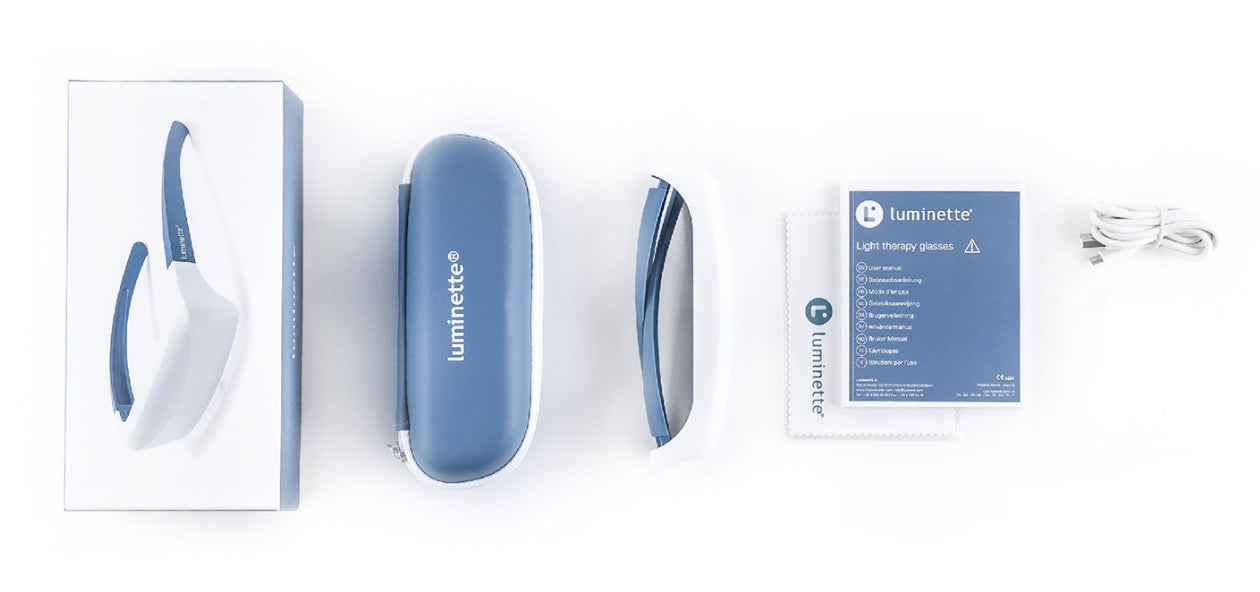
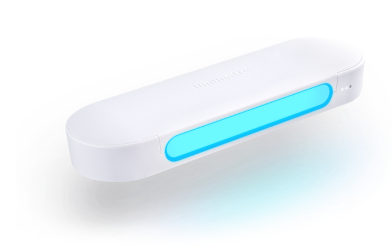
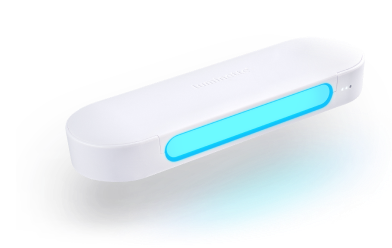
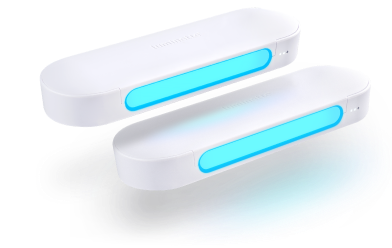
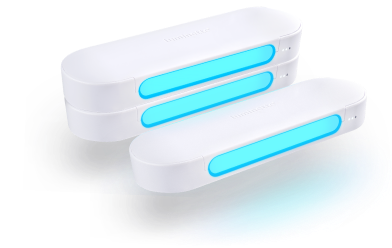
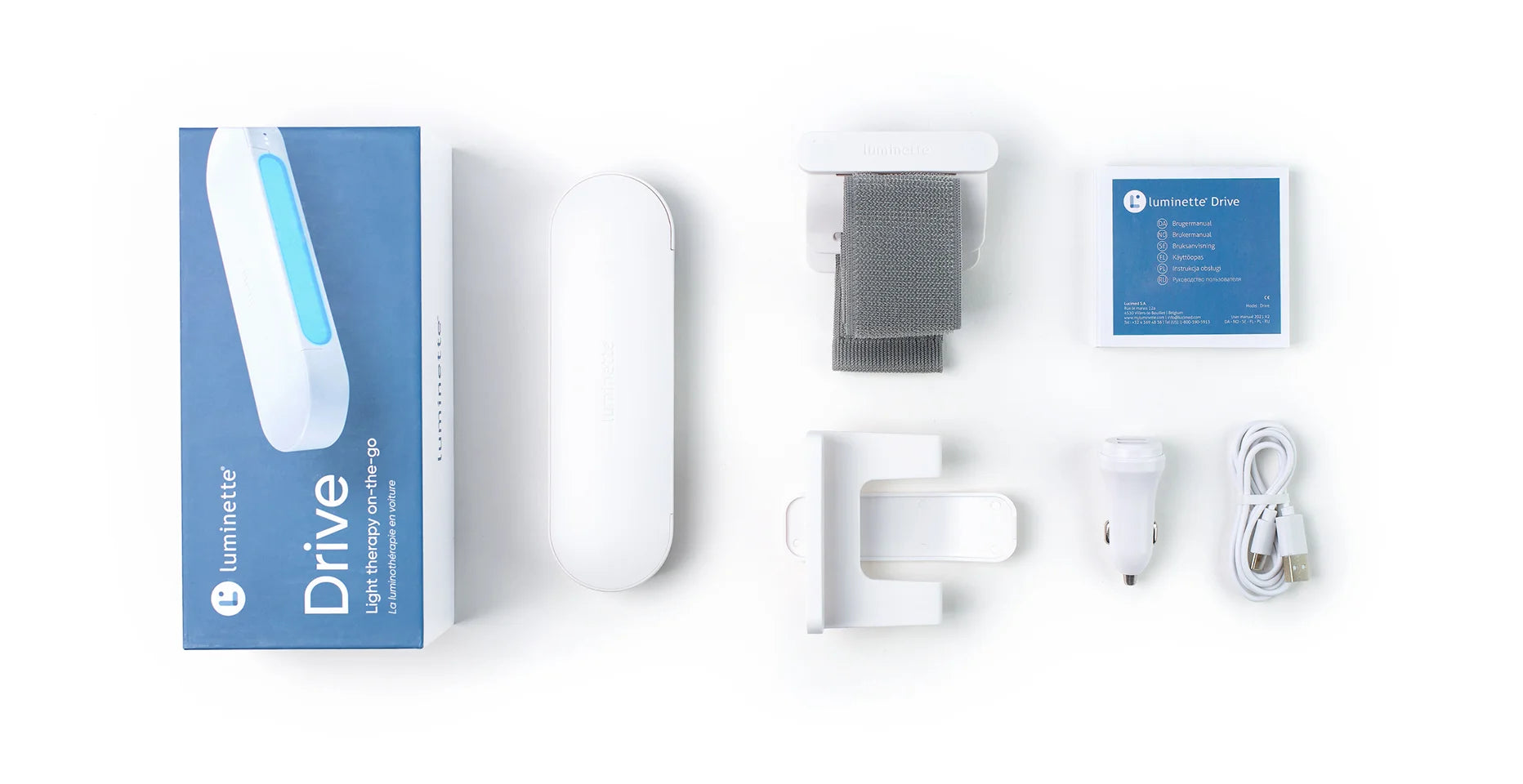

 Please note
Please note



